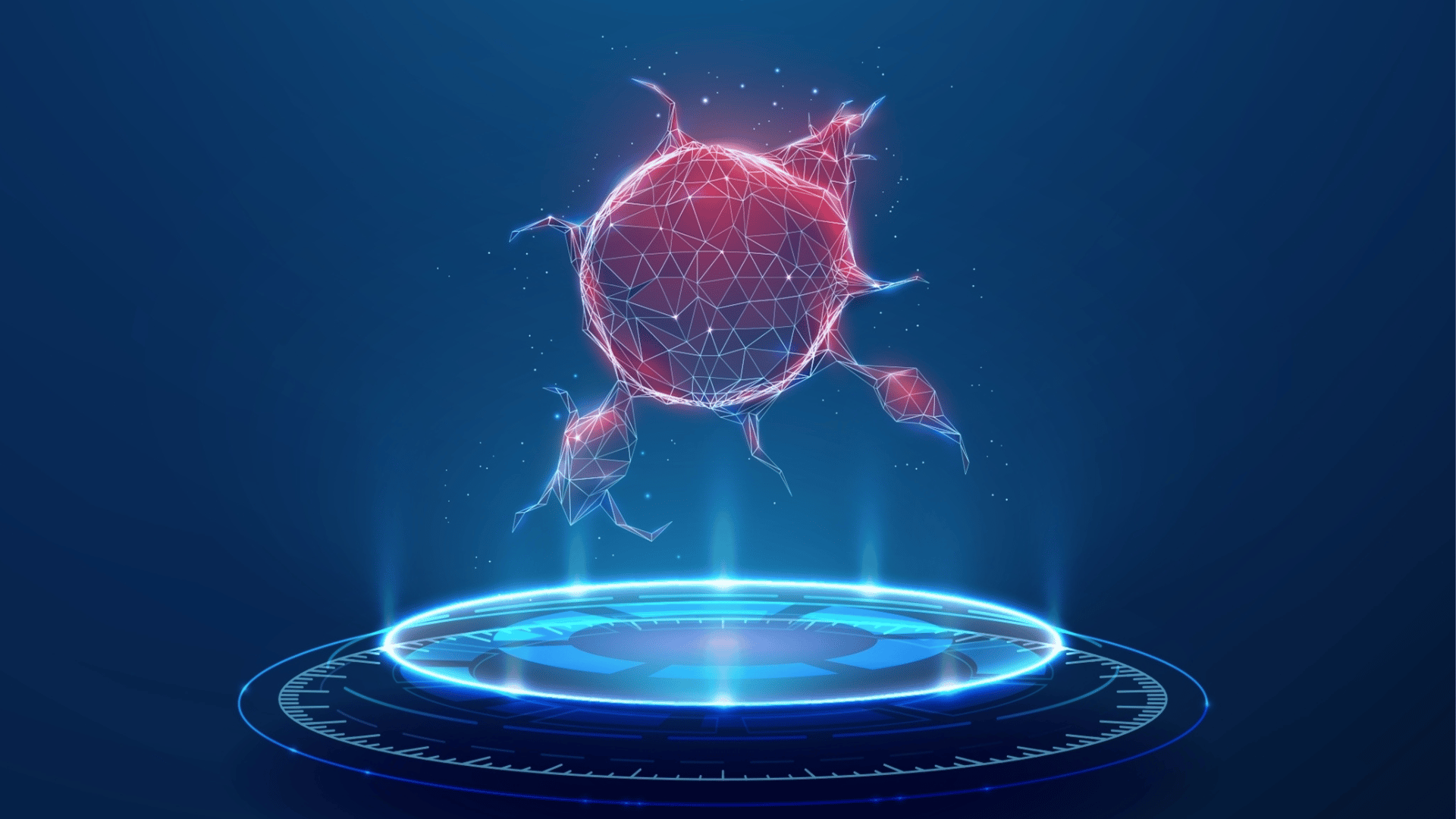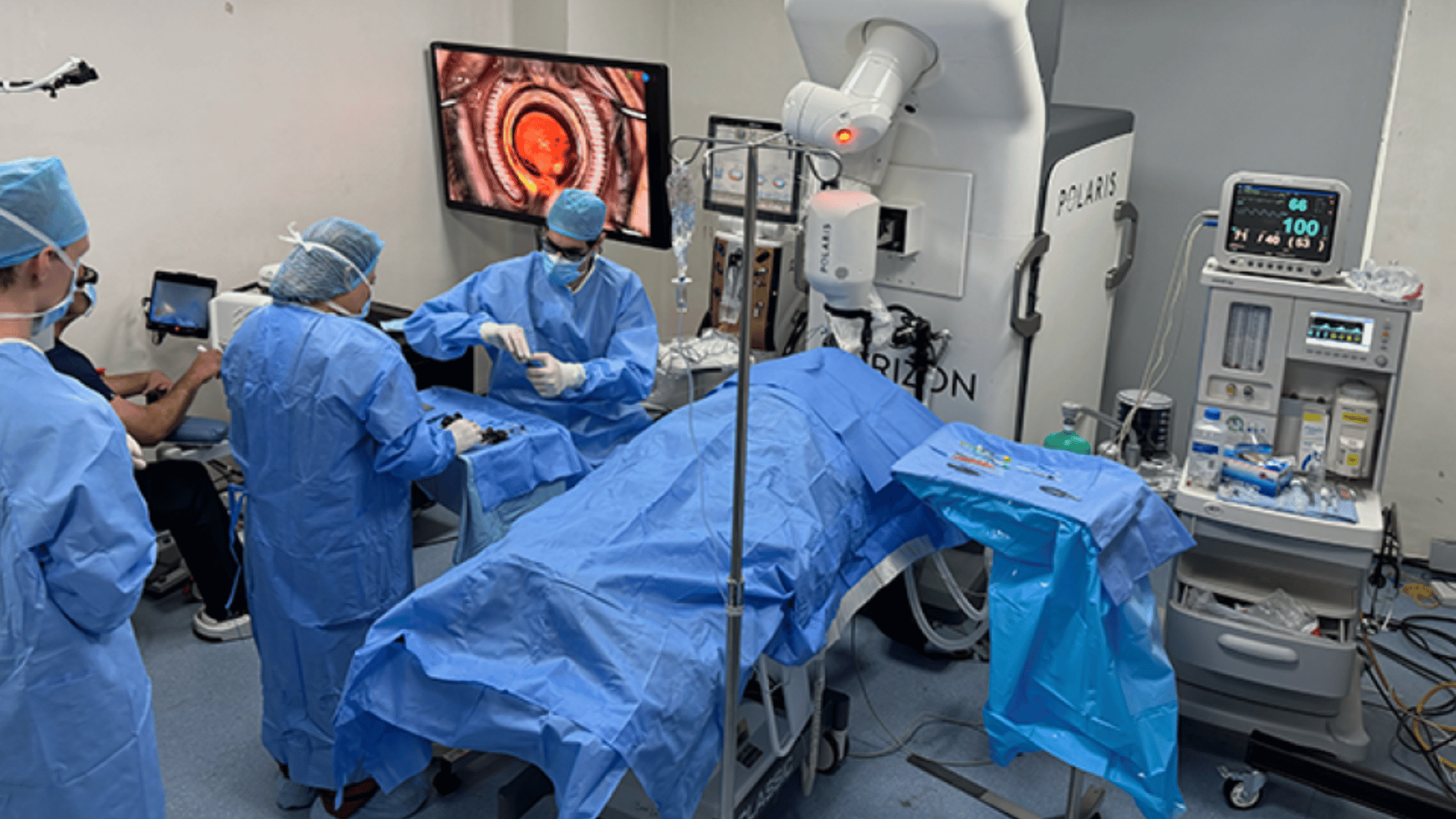Google and Yale University introduced a new and powerful AI model built to understand the “language” of individual human cells. Scientists call it a breakthrough for science and artificial intelligence. Their model is called C2S-Scale. The sophisticated model has already contributed significantly to generating a novel, experimentally validated hypothesis for developing a new approach to fighting cancer.
AI Identifies Novel Pathway to Treat “Cold” Tumors

Google’s AI‘s first task involved targeting “cold” tumors, which is a major obstacle in cancer treatments. These tumors are essentially invisible to the body’s immune system. According to scientists, the most effective strategy for treating them is making them visible by boosting their ability to display immune-triggering signals.
Google asked the AI model to find a unique medication, one that acts like a booster, but only activates under specific conditions. The drug needed to amplify the immune signal only when a low level of the natural immune signaling protein called interferon was present in the tumor environment.
Researchers believe that this context-dependent reasoning is a new skill acquired by the AI due to its immense size and complexity. They emphasized that smaller models could not achieve this.
Researchers ran a two-part virtual test to find this drug. They simulated the effect of over 4,000 existing drugs on real patient tumor samples and isolated cells without immune context. Researchers asked the AI to specifically predict which drugs would work only in the patient-relevant condition.
The model identified a clear answer in the drug silmitasertib (CX-4945). This was a major surprise, as Google confirmed that this drug “has not been reported in the literature to explicitly enhance MHC-I expression or antigen presentation.” Simply put, the AI generated a brand new idea, not just a summary of existing knowledge.
Researchers took the hypothesis to the lab and tested it on human neuroendocrine cells to prove the AI’s prediction. Results confirmed that while silmitasertib or low-dose interferon alone had little effect, treating the cells with the combination of both produced a powerful amplification.
Google reported that the two drugs together resulted in a “roughly 50% increase in antigen presentation.” As a result, it dramatically improves the tumor’s visibility to the immune system.
Google successfully validated C2S-Scale’s ability to predict how drugs will interact in real biological environments. Moreover, the work provides a strong, early-stage lead for developing new combination therapies.







